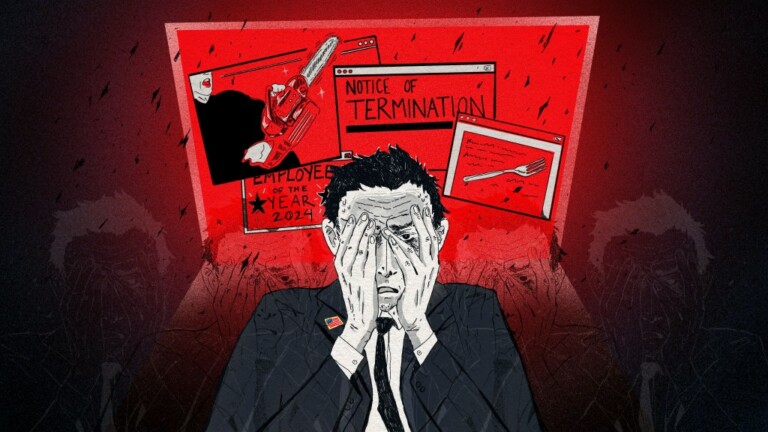The Price Increases That Should Cause Americans More Alarm
Wary of inflation, Americans have been watching the prices of everyday items such as eggs and gasoline. A less-noticed expense should cause greater alarm: rising premiums for health insurance. They have been trending upward for years and are now rising faster than ever.
Consider that, from 2000 to 2020, egg prices fluctuated between just under $1 and about $3 a dozen; they reached $6.23 in March but then fell to $3.78 in June. Average gas prices, after seesawing between $2 and $4 a gallon for more than a decade starting in 2005, peaked at $4.93 in 2022 and recently fell back to just over $3.
Meanwhile, since 1999, health insurance premiums for people with employer-provided coverage have more than quadrupled. From 2023 to 2024 alone, they rose more than 6% for both individuals and family coverage — a steeper increase than that of wages and overall inflation.
For many people who have the kind of insurance plans created by the Affordable Care Act (because they work for small companies or insure themselves), rates have probably risen even more drastically. In this market, state regulators scrutinize insurers’ proposed rate increases, but only if they exceed 15%.
And the situation is about to get worse: For 2026, ACA marketplace insurers have proposed eye-popping new prices: In New York, UnitedHealthcare has proposed a 66.4% rise. HMO Colorado has asked for an average increase of more than 33% in that state. In Washington, the average proposed increase across all insurers is 21.2%, and in Rhode Island it’s 23.7%.
Email Sign-Up
Subscribe to KFF Health News’ free Morning Briefing.
According to Business Group on Health, a consortium of major employers, “actual health care costs have grown a cumulative 50% since 2017.” In a separate survey published in 2021, 87% of companies said that in the next five to 10 years, the cost of providing health insurance for their workers would become “unsustainable.”
And insurers in the ACA marketplace are increasing premiums by an average of 20% for next year, according to a new analysis. Imagine if tens of millions of Americans’ rent or mortgage payments were to suddenly increase by that amount.
Insurance regulators theoretically could demand that these proposed rates be lowered — and this often happens. But some states are more active than others in this regard. And all are wary that too much regulatory interference could drive insurers from their markets.
Insurers offer many explanations for their calculations, some of which are tied to recent actions by Congress and President Donald Trump. New tariffs on America’s trading partners, for example, are expected to push up the cost of drugs and medical supplies.
Meanwhile, reductions in health care spending included in the GOP budget bill, along with the expiration of some Biden-era premium subsidies at the end of this year, will cause many people to lose their health insurance. About 16 million Americans are expected to become uninsured by 2034, in many cases because keeping insurance will become unaffordable.
Because most of these people are likely to be young and/or healthy, the “risk pool” of those remaining insured will become older and sicker — and therefore more expensive to cover.
“Ultimately, we believe the ACA market will likely be smaller and higher acuity-driven next year,” Janey Kiryluik, vice president of corporate communications for Elevance Health (formerly known as Anthem), wrote in an email. She added: “Our position reflects early disciplined action.”
Remember, most insurers in the United States are public, for-profit companies; as such, they tend to act in the interests of their shareholders, not the patients whose health care they cover.
Large employers that manage their own health care plans might be able to negotiate better deals for their workers. But smaller companies, for the most part, will need to accept what’s on offer.
Premiums are not the only part of health insurance that’s getting more expensive. Deductibles — the money that beneficiaries must spend out-of-pocket before insurance kicks in — are also rising. The average deductible for a standard ACA silver plan in 2025 was nearly $5,000, about double what it was in 2014. (For those with employer-based insurance, the average number is just under $2,000.)
A few states are trying to stem the tide by offering a state-run “public option,” a basic affordable insurance plan that patients can choose. But they have struggled because a lower payment rate for workers generally means fewer participating providers and reduced access to care.
If voters paid as much attention to the price of health insurance as they do to the cost of gas and eggs, maybe elected officials would respond with more action.





